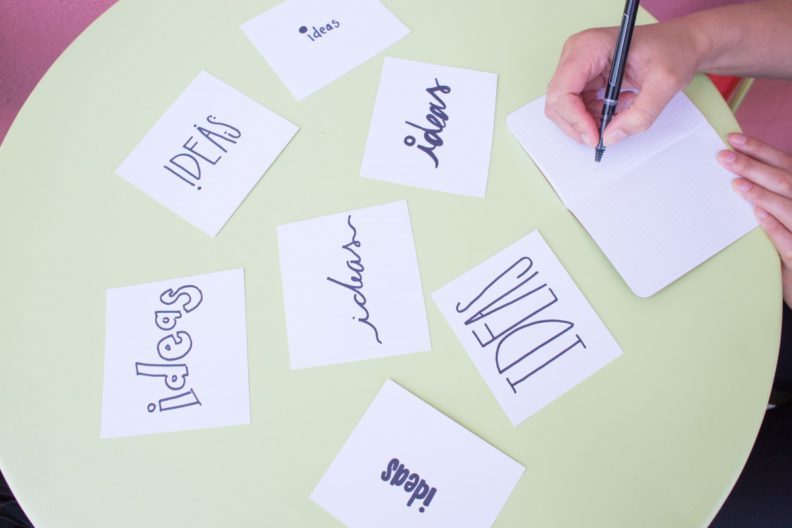Four Examples of Digital Storytelling in Education

Digital Storytelling describes a method, not an end result. It has been used in many different contexts and with diverse participants, from museums using digital storytelling to collect folk memories to schools engaging with students to learn about the past.
At Digital Storytelling Durham, we’re interested in the ways in which digital storytelling can be used to empower students and academics to reflect on their own experiences in the classroom or in the research field, and indeed how digital storytelling might be introduced as part of curriculum. But there are many other possibilities we’ve not yet begun to explore. Here are five varied examples of how digital storytelling has been used, and how it might relate to our own educational context.
SCOTTISH BOOK TRUST
This example demonstrates how libraries have come to the fore as places to teach digital skills, especially among lifelong learners. Libraries are places of community, built around books and places, and digital storytelling in this context was used to tap into people’s existing interests while empowering them with new digital skills.
Unlike some of the examples in this video, it’s likely (from our initial scholarship and surveys) that students and staff at Durham already have considerable familiarity with basic video production tools, or equivalents such as Powerpoint. Our focus is therefore on empowering people to use these tools reflectively, thinking beyond technical affordances to the underlying creative processes of editing, collaboration and storyboarding that will help produce the most powerful videos.
PROGRESSION, BY NICK DAMATO
In educational contexts, digital storytelling doesn’t just need to be revelatory for the student-participant. The honesty and precision with which students unfold their own experiences and identity can open a window through which instructors, too, are able to better know and empathise with those they teach. This story about one student’s challenges with dyslexia gives us such a glimpse.
DADDY’S GIRL, BY DEIRDRE JOHNSON
Digital stories often have an intensely personal dimension. This story hosted by the Story Center very obviously epitomises this. Yet in just three minutes, this story not only manages to compress the autobiography of an individual life, it also speaks to histories of race and racism.
Notably, ‘Daddy’s Girl’ makes use only of personal photographs. Did the choice or availability of images drive the way the story unfolded? Or did the story determine the selection of images? This interaction between word and image is one of the things we explore in the storyboarding aspect of Durham’s digital storytelling workshops.
RITES OF PASSAGE, BY NIKIKO MASUMOTO
Digital stories usually revolve around a transformative moment in someone’s life. In our case, this often means transformation in terms of education and disciplinary learning. It’s striking how often participants in Digital Storytelling at Durham come up with stories that set the presenter’s own educational transformation against the context of an earlier educator – a teacher who inspired them, or parents who played a role in nurturing an ability. This from the Digital Storytelling Center is a similar example – though with a unique twist in the tale.
